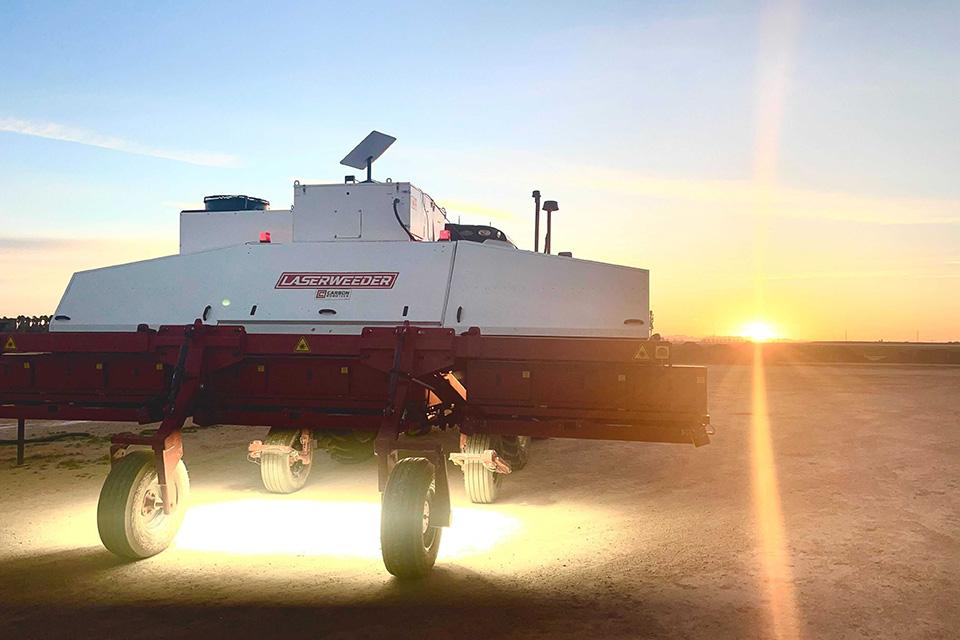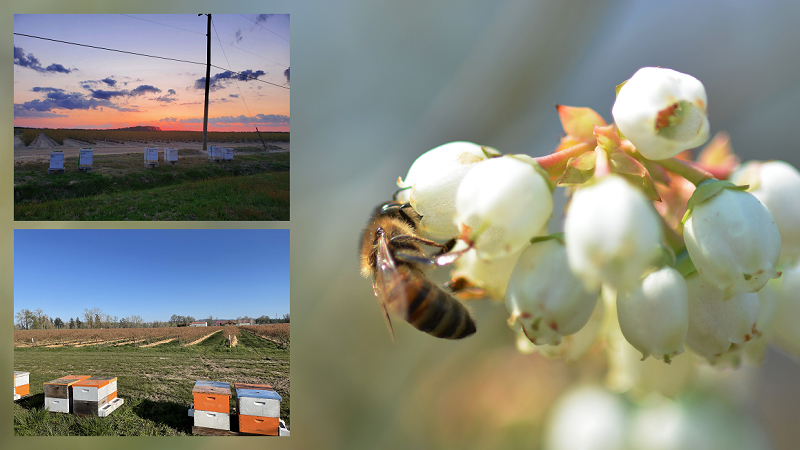Laser Weed Control in the Farm Field: Why Growers Need To Give It Time
Creative measures involving robotics, lasers, and artificial intelligence (AI) will eventually ease the pain of weed control, many weed specialists agree. Until that day arrives, they temper their enthusiasm with patience and even a bit of caution.
“Whether it is a laser weeding approach, or a robot trained to pull up a weed while leaving the crop behind, it’s scientifically exciting,” says Stanley Culpepper, Extension Weed Scientist, University of Georgia. “Hopefully, these technologies advance to the point where their costs will improve, thereby making them more economically available to our producers. In my region, little adoption has occurred at this point.”
Advancements involving remote sensing, the ability to reliably and quickly detect weeds vs. crop plants, robotics, and targeted control technologies, such as lasers, will eventually produce the “greatest advancements in vegetable weed management since the introduction of synthetic herbicides,” says Jed Colquhoun, IPM Program Director, University of Wisconsin-Madison.
“The sky is the limit,” he adds. “These automated technologies can operate continuously in the field and will help us address some of the labor shortages.”
Lasers and Weed Control Caveats
More cautious about lasers is Scott Stoddard, a Farm Advisor with University of California Cooperative Extension Merced County.
“They are improving rapidly, and they can definitely make a contribution, but it’s important to understand they do not eliminate the need for herbicides and hand weeding,” Stoddard says. “In all the work I’ve seen, they reduce the time for hand weeding but do not eliminate it. They also don’t work on big weeds.”
Laser weeders are “amazing” under certain conditions, Stoddard says, such as when the weeds are small and the crop is high density, for example, carrots, basil, cilantro. Meanwhile, robotic cultivators, like Kult, Robovator, and Stout, do “extremely well” in lettuce, cabbage, peppers, and cabbage, where the plant spacing is enough for the knife to activate, he says.
As for tomatoes, Stoddard has not seen a high level of laser technology adoption. This initially surprised him, he says, given that tomatoes are California’s No. 1 vegetable crop by acres.
“But the crop has been more challenging for the high-tech cultivators than expected,” he adds. “The plants lean. They blow in the wind. This combination really messes with the sensors, either resulting in poor weed control or high ‘cultivator blight.’ And they all operate too slowly. Plus, the cultivation window is only two to three months.
“But California veg growers were also slow to adopt GPS until we figured out how it helps in other ways, so I think that it will happen in a few more years.”

Manufactured by Carbon Robotics, the LaserWeeder uses high-resolution cameras and state-of-the-art computing to distinguish between weeds and crops in real-time.
Photo courtesy of Carbon Robotics
AI in Action
John Palumbo, Professor/Extension Entomologist, University of Arizona, has seen laser weeding machines in operation on several ranches in the Southwest. Until the cost of laser technology comes down, he believes smaller growers should rely on advancements in mechanical thinning.
Already manufacturing a laser weeder is AI robotics company Carbon Robotics. According to Ian Burke, Professor, Weed Science, Washington State University, it is conceivable that in the next five years such systems could be affordable for medium-sized horticultural operations.
“There’s still a lot of work to do to improve efficacy, but they appear to be effective,” Burke says. “My sense is that adoption has been slowed by expense. These are currently tools that cost in excess of seven figures, so only the largest producers can really afford to purchase and operate them. They also require near continuous field support and involve skills that are not commonly found on the farm. It’s going to take time to make them robust, reliable, and effective.”
The incentive to develop such AI technology is gaining momentum in the U.S., Rakesh Chandran, Extension Specialist, Weed Science and IPM Coordinator, West Virginia University, says.
“The adoption rates are minimal currently, due to lack of availability of cost-effective tools,” he says, “but we may witness an exponential increase over the next five to 10 years. Much research is being focused on discriminating weeds from crops, allowing for selective management.”










